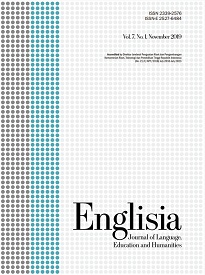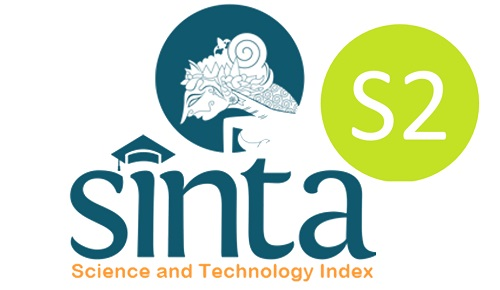The implementation of the flipped classroom approach to improve the EFL students’ reading ability
DOI:
https://doi.org/10.22373/ej.v11i2.22732Keywords:
Flipped classroom, Reading ability, Reading comprehension, Blended learning, EFLAbstract
Reading is a vital language skill that necessitates mastery for knowledge acquisition. However, the focus of students has shifted away from reading due to technological advancements. Despite this, the literacy levels of students in Indonesia are alarmingly low, ranking 74 out of 79 in the PISA Survey 2018. This study aimed to explore the integration of technology in educational settings. Specifically, by implementing a technology-based flipped classroom model, the researcher aimed to encourage and educate junior high school students on the constructive use of smartphones. The primary objective was to investigate whether the adoption of flipped classrooms, combined with technology utilization, could potentially enhance students' reading proficiency. To achieve this goal, an experimental research design was employed, comprising both an experimental group and a control group. Pre-tests and post-tests were conducted for both groups, with the experimental group receiving the flipped classroom intervention, while the control group experienced traditional classroom methods. The findings indicated that the experimental group exhibited superior performance compared to the control group.
Downloads
Downloads
Published
Issue
Section
License
Proposed Policy for Journals That Offer Open Access
Authors who publish with Englisia journal agree to the following terms:
- Authors retain copyright and grant the journal right of first publication with the work simultaneously licensed under a Creative Commons Attribution License that allows others to share the work with an acknowledgement of the work's authorship and initial publication in this journal.
- Authors are able to enter into separate, additional contractual arrangements for the non-exclusive distribution of the journal's published version of the work (e.g., post it to an institutional repository or publish it in a book), with an acknowledgement of its initial publication in this journal.
- Authors are permitted and encouraged to post their work online (e.g., in institutional repositories or on their website) prior to and during the submission process, as it can lead to productive exchanges, as well as earlier and greater citation of published work (See The Effect of Open Access).









